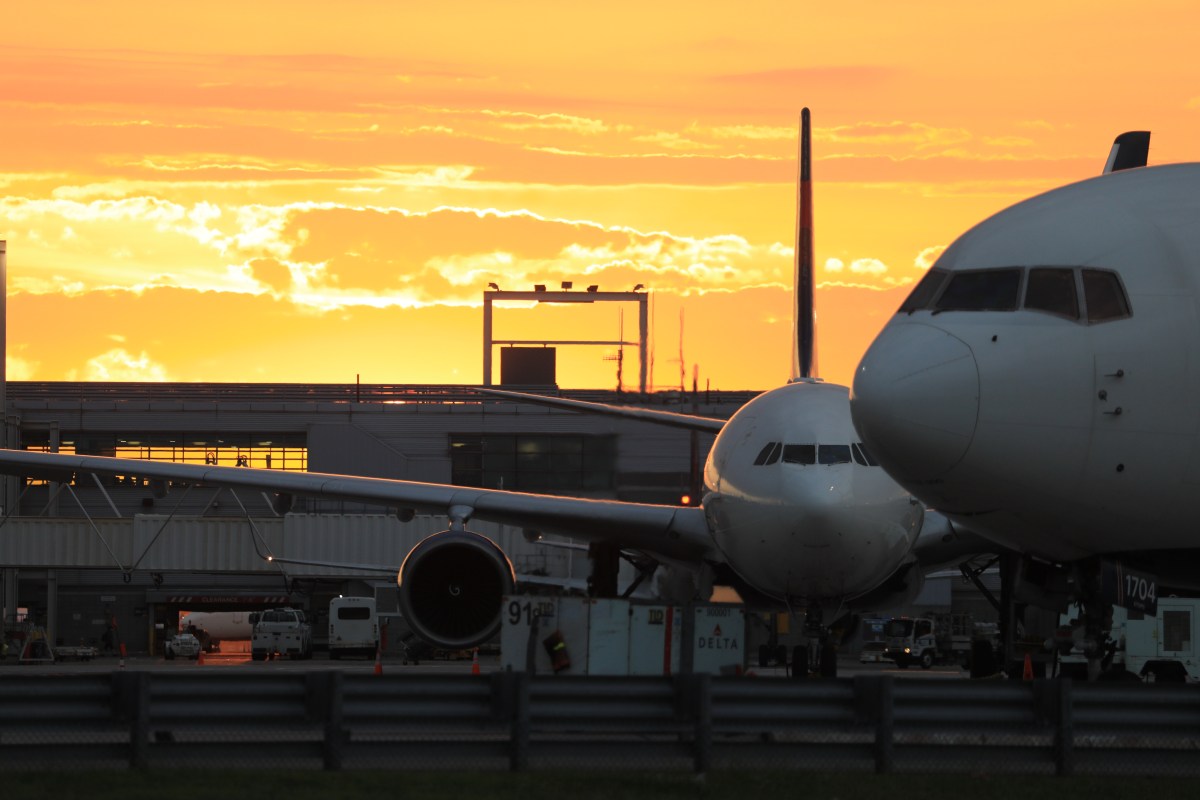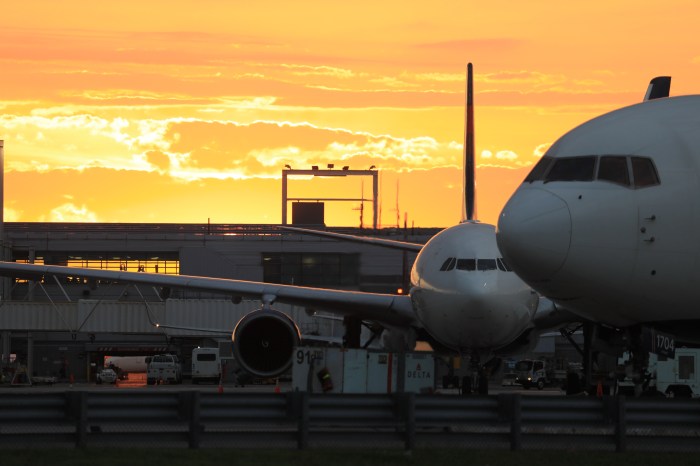By Tim Gay
Let’s face it. Greenwich Village is no longer a gay neighborhood and hasn’t been since at least 1994. The West Village, in particular, lost out to Chelsea just in time for the 25th anniversary of Stonewall back in 1994.
And 10 years later, Chelsea is losing out as a gay destination.
In fact, if you look around, the Gay Ghetto has come and gone in New York City.
Take the West Village: Gay and lesbian friendly? Yes, but only for adults. L.G.B.T. youth friendly? Only if monitored. Transgender friendly? Barely tolerated, if they only come out at night.
Shopping on Christopher St. is a nostalgic trip to the ’70s and ’80s, a place where you can still buy racy T-shirts, tattoos and full S&M leatherwear. There are several bars frozen in time. Ty’s still attracts the Levi-flannel clones, the Dugout gets the daddy-bear-leather guys and Julius will forever serve gentlemen of a certain age.
Other mainstays have either closed or moved. The Loft sold its last thong this year. The world’s oldest adult gay bookstore, at Christopher and Hudson, shut its buddy booths. And Lilac Chocolates moved uptown to W. Fourth and Eighth Ave.
When it comes to fashion and food, the Village no longer appeals to the gay circuit set.
Bleeker St. and the Meatpacking District are the new Madison Aves. Multi-million-dollar lofts line the waterfront where gays and lesbians used to frolic. And heterosexuals party along Seventh Ave. at places like Jekyll & Hyde and Caliente Cab Co. In fact, heterosexuals abound throughout the Village.
All this became more apparent to me when an old friend from Kansas City came in last week. He hadn’t been to New York in a decade and wanted to see the new bar scene in Chelsea. I told him there was much more, and he better buy an unlimited MetroCard.
Since my bar days ended in the Reagan administration, we turned to HX and Next magazines to see where native New York L.G.B.T.’ers go. Consider the number of bars: West Village, East Village and Chelsea each have 13 bars. “Midtown,” formerly known as Hell’s Kitchen, has six bars west of Eighth Ave. The Upper West Side hosts three, while the Upper East Side has five. That’s 53 gay and lesbian bars in Manhattan.
This number doesn’t even begin to cover the dance clubs and events, including some 10 in the industrial zones west of 10th Ave. and a dozen or more in the East Village (alas, there is no L.G.B.T. dancing in the West Village any longer).
If you are so inclined, you can find a number of after-hours gay and lesbian clubs scattered throughout Chelsea and the East Village.
So where are the L.G.BT.’ers living? Chelsea, Hell’s Kitchen, the East Village, Downtown, Upper East Side, Brownsville and Williamsburg, Cobble Hill, Park Slope, Prospect Heights, Jackson Heights, Astoria and Sunnyside, to name some locations from my Rolodex. African-American gay men and lesbians are setting up roots in traditional black communities — Bed-Stuy, Harlem — while Hispanic gays are living in Inwood and Washington Heights. Staten Island’s L.G.B.T. community even had its first Gay Pride Parade.
And yes, there are gays in the West Village.
Unlike the ’70s and ’80s, there doesn’t seem to be a few insular neighborhoods (i.e., the West Village) with a predominately gay influence — apartments, bars, restaurants, stores and cruising. Chelsea’s Eighth Ave. continues to be the city’s major gay stroll, but a walk on any side street shows a neighborhood that’s becoming less diversified and more monied.
If anything, in New York City, gays and lesbians can live in a number of neighborhoods safely and securely. Times have changed, and we don’t need the ghetto anymore.




































